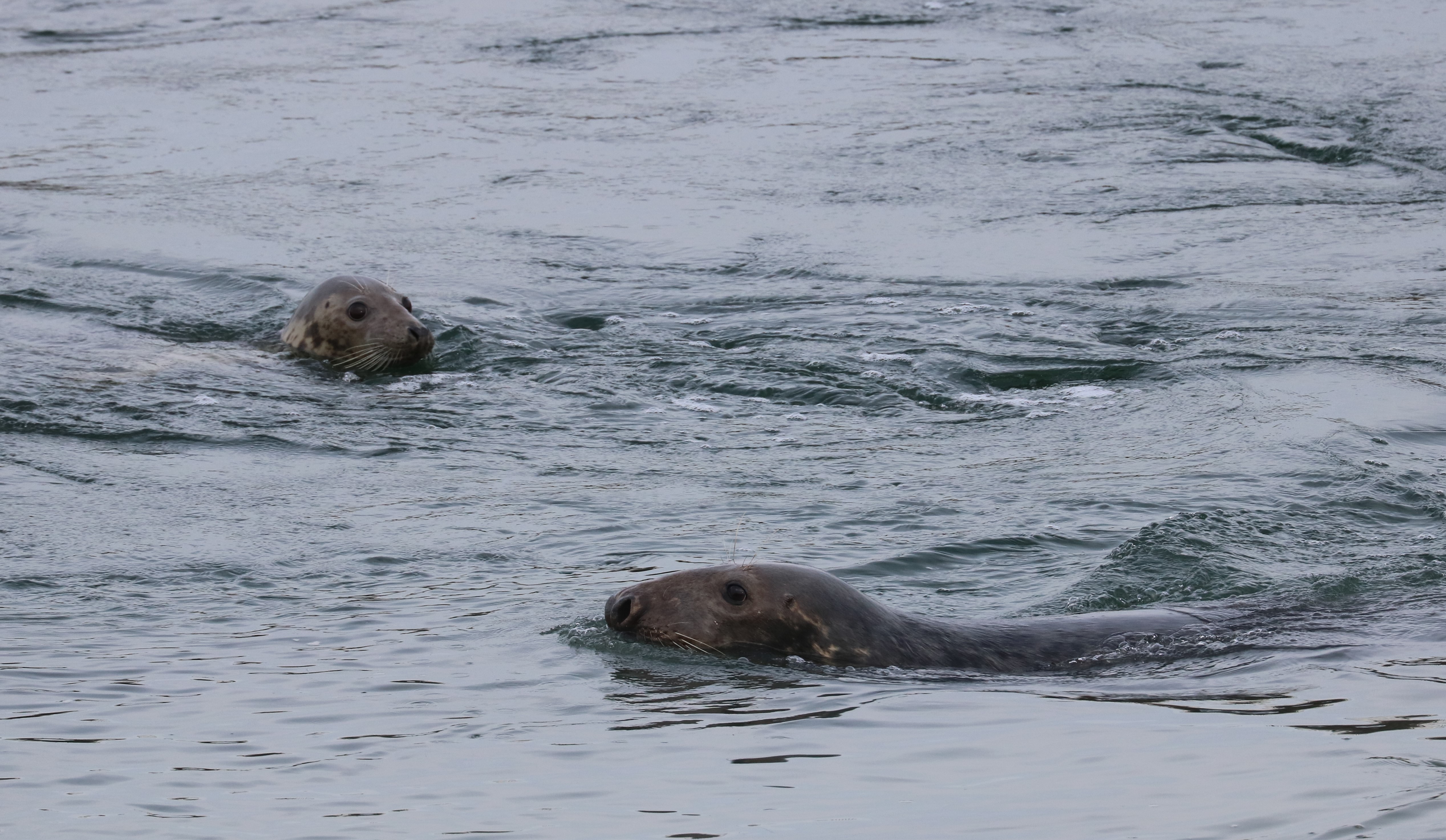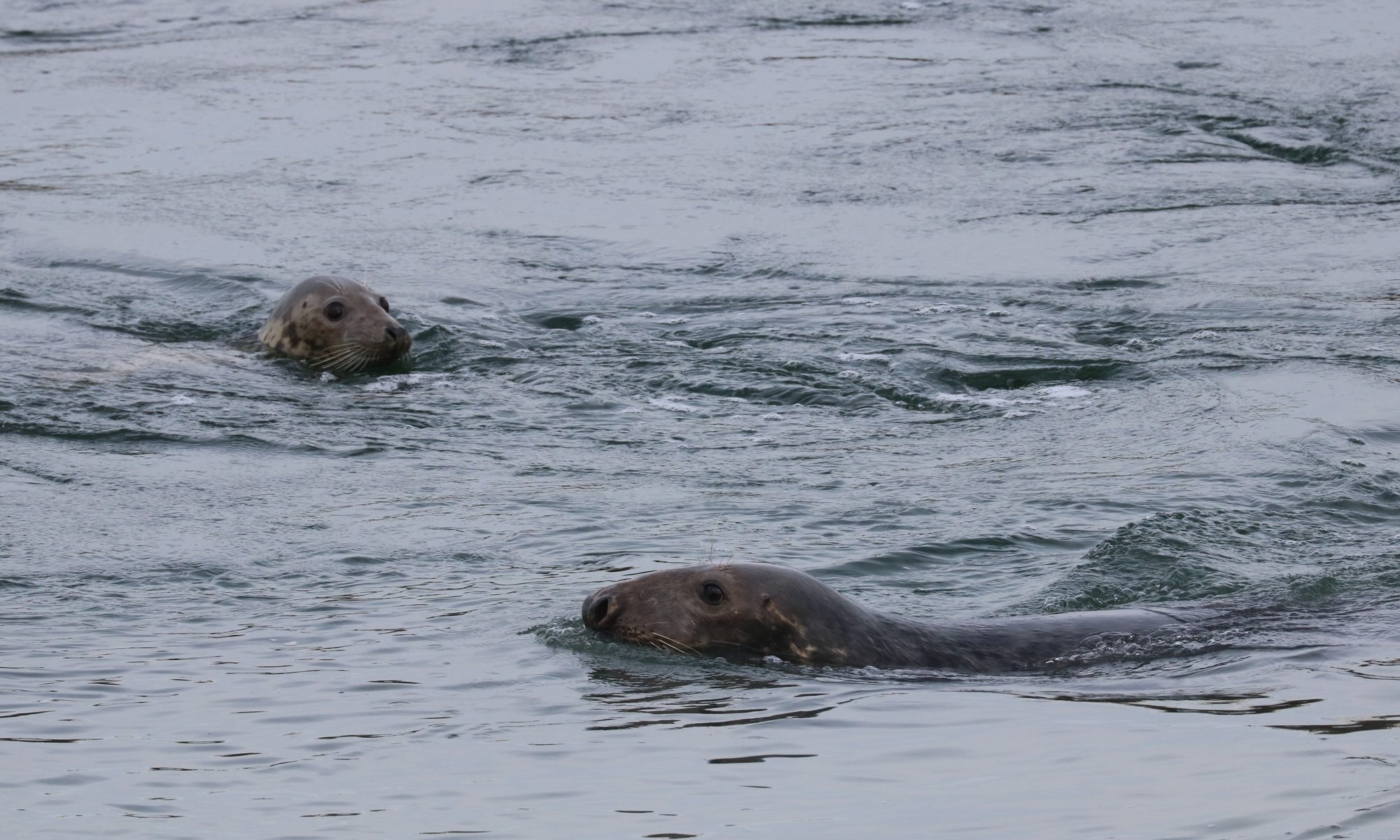Seals have become more and more numerous along our coast in recent years, which also increases the chance that people bump into one on the beach. Many people erroneously assume that a seal on dry land is in trouble anyway, but mostly this is not the case. When a holiday period overlaps with a period when more seals are resting on the beach, the scientists of the Royal Belgian Institute of Natural Sciences (RBINS) and Sea Life Blankenberge are inundated with worried phone calls. Yesterday was such a day … Unfortunately, many reports also mention that the animals are being harassed by humans. Tragically, often by people with good intentions, who do not realize that their actions mainly cause stress to the animals, resulting in disturbance and sometimes even lower survival chances. The advice is therefore always that seals on the beach should be given rest, with a distance of at least 20 m from the animals. Whether the seal is sick or healthy makes no difference.

Nowadays, more seals are reported along the Belgian coast every year, following the positive trend recorded in the Netherlands, N France and SE England. Especially Harbour seals Phoca vitulina (even small groups) are seen daily, and the Grey seal Halichoerus grypus has also become established. It is perfectly normal that many people do not know how to interpret the presence of a seal on the beach, for them it is an unknown phenomenon. However, coastal areas, and therefore beaches, form an important part of the habitat of seals; they are not dolphins or whales that cannot survive outside the water. When a seal is on the beach, it does not necessarily mean that it is in trouble. More often than not this is not the case.
Sick versus Healthy
In order not to stress seals unnecessarily, but also in order not to overload emergency services and animal shelters, it is important that beachgoers are not only aware that seals nowadays form an integral part of the fauna of the Belgian North Sea and beaches, but also know how to distinguish healthy from sick seals. More and more coastal municipalities are putting effort into providing such information on panels and banners. In summary, healthy seals often adopt the typical « banana posture » (with head and tail raised), usually show no wounds, are alert and growl when approached. Sick or injured seals look much more passive, they adopt a « flat posture », show wounds and/or cough. In the latter case, and certainly in the case of a combination of these symptoms, it is worth contacting local emergency services or a specialised shelter (in Belgium, this is Sea Life Blankenberge).
Grey Seals at the End of Winter
At the end of winter, however, there may also be seals on the beach that are essentially healthy but deviate from the typical image of a healthy seal. These are often adult males of the Grey seal that are exhausted after the mating season, and may therefore appear skinny and adopt a « flat posture ». Grey seals mate mainly in December – January, and the males engage in impressive and energy-consuming fights to gain the preference of the females. Especially late and inexperienced males – who didn’t get what they were looking for during the peak of the mating season and have kept up their mating efforts and fighting spirit for longer – can now lie tired on our beaches. All they need is rest. Giving them food is out of the question, and they don’t need to be made wet (again: they’re not dolphins or whales). Moreover, because of their size, weight and impressive teeth and claws, it is not obvious to take care of these animals in a shelter. Enjoy their presence at a distance, suppress the urge for a « sealfie » (seal-selfie), and be sure to keep your dog(s) on a leash on a beach where there is a seal!
More information about seals in Belgium can be found in the annual marine mammal reports of the Royal Belgian Institute of Natural Sciences (available for 2014 to 2018, the 2019 edition is in preparation), at http://www.marinemammals.be/reports.

